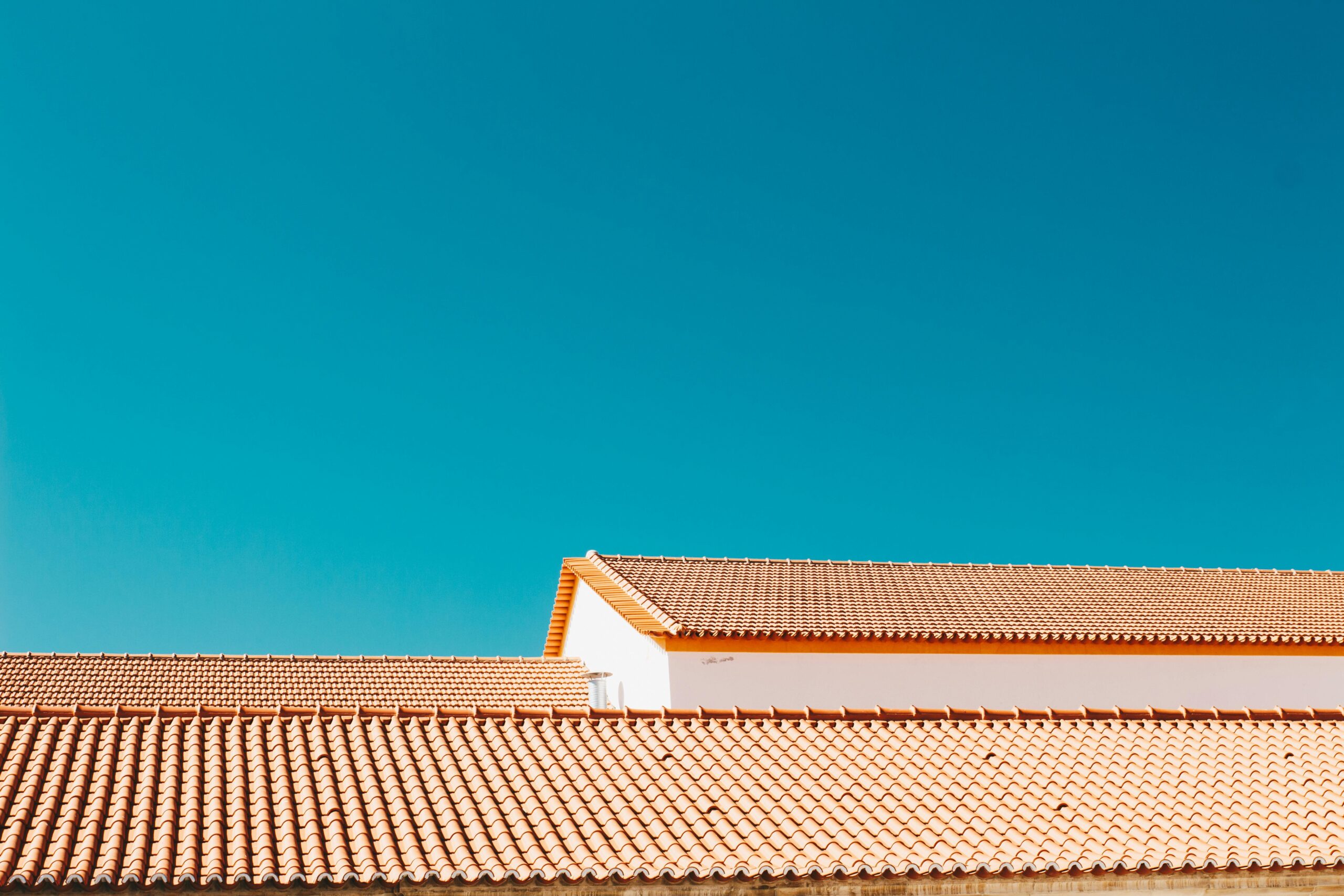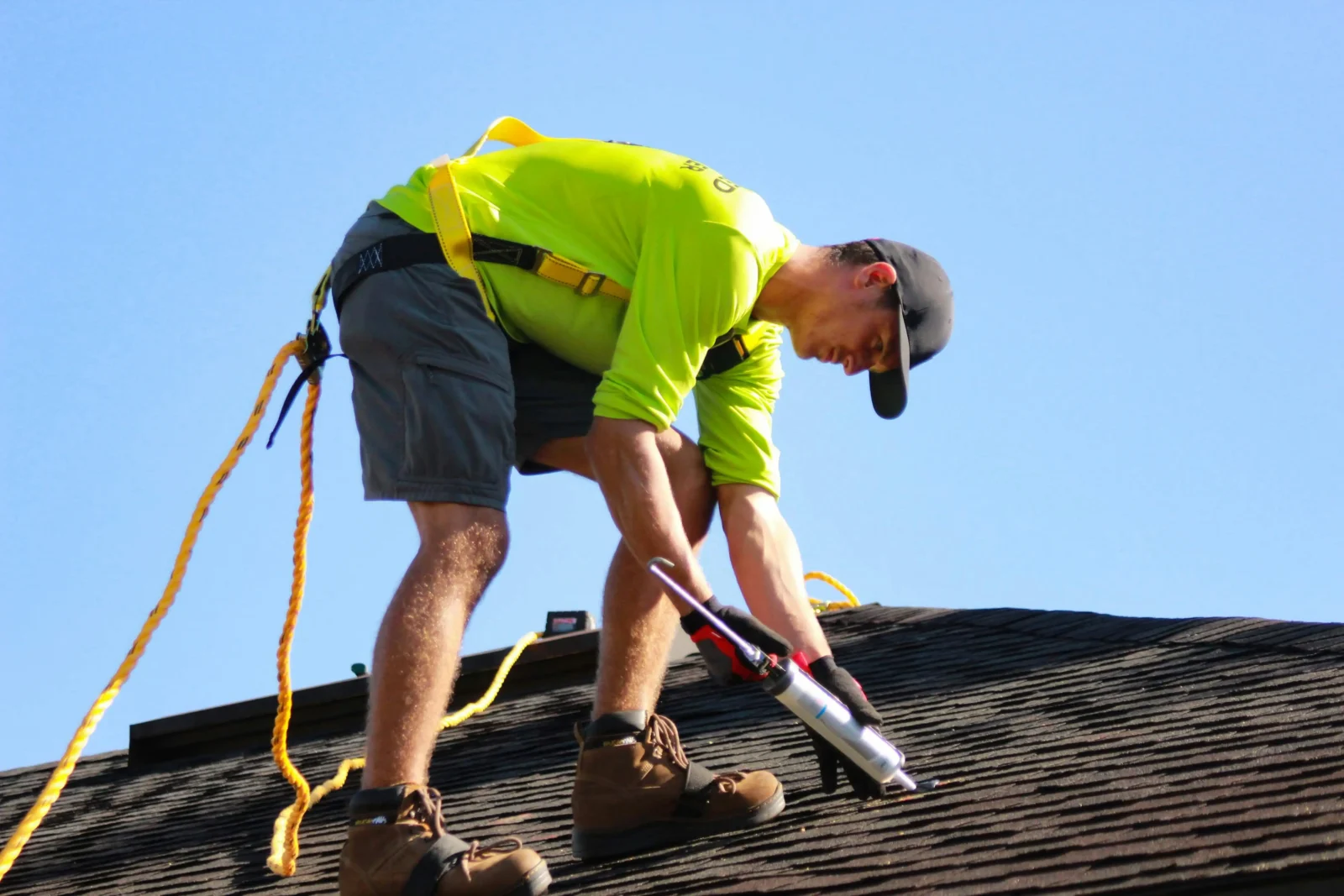- Home
- Articles
- Architectural Portfolio
- Architectral Presentation
- Inspirational Stories
- Architecture News
- Visualization
- BIM Industry
- Facade Design
- Parametric Design
- Career
- Landscape Architecture
- Construction
- Artificial Intelligence
- Sketching
- Design Softwares
- Diagrams
- Writing
- Architectural Tips
- Sustainability
- Courses
- Concept
- Technology
- History & Heritage
- Future of Architecture
- Guides & How-To
- Art & Culture
- Projects
- Interior Design
- Competitions
- Jobs
- Store
- Tools
- More
- Home
- Articles
- Architectural Portfolio
- Architectral Presentation
- Inspirational Stories
- Architecture News
- Visualization
- BIM Industry
- Facade Design
- Parametric Design
- Career
- Landscape Architecture
- Construction
- Artificial Intelligence
- Sketching
- Design Softwares
- Diagrams
- Writing
- Architectural Tips
- Sustainability
- Courses
- Concept
- Technology
- History & Heritage
- Future of Architecture
- Guides & How-To
- Art & Culture
- Projects
- Interior Design
- Competitions
- Jobs
- Store
- Tools
- More
Storm Damage and Roofing Repairs: Steps to Take After a Disaster

When a storm strikes, it can wreak havoc on your home, especially the roof, which is often the first line of defense against the elements. High winds, hail, and flying debris can leave your roof vulnerable and compromise its structural integrity. Knowing what to do after such a disaster is essential to protect your home and ensure safety.
Table of Contents
ToggleAssessing the Need for New Shingles
One of the most common issues following a storm is damage to shingles. Shingles can be blown off, cracked, or dented, exposing the underlying layers of your roof to moisture and further deterioration. If your roof is covered with outdated or damaged shingles, now may be the time to consider replacing them with more durable materials like composite shingles for your roof, which offer enhanced resistance to harsh weather conditions. These shingles not only provide better protection but also come in various styles to suit your home’s aesthetic. Consulting a professional to inspect the extent of the damage will help determine if a full replacement is necessary or if localized repairs will suffice.

Documenting the Damage
Before making any repairs, it’s crucial to thoroughly document the damage to your roof. Take clear photographs of affected areas, including missing shingles, leaks, and any structural issues caused by the storm. These images will be invaluable when filing an insurance claim. While capturing evidence, ensure your safety by avoiding climbing onto a potentially unstable roof. Instead, use a drone or a long-range camera, or hire a professional inspector who can safely assess the damage.
Contacting Your Insurance Provider
Once you’ve documented the damage, contact your insurance company to report the incident. Be prepared to provide them with detailed descriptions and photographic evidence. Your insurer may send an adjuster to inspect the property and estimate the cost of repairs. Understanding your policy’s coverage for storm damage is key to navigating the claims process smoothly. Keep a record of all communications with your insurance company and clarify any doubts you may have about what’s covered and what’s not.
Temporary Fixes to Prevent Further Damage
While waiting for insurance approval or professional repairs, it’s essential to take temporary measures to prevent additional harm to your property. Cover exposed areas with tarps or heavy-duty plastic sheeting to keep water out. Secure loose materials and clear debris from gutters and drains to ensure proper water flow. These quick fixes can mitigate further damage and reduce the risk of secondary issues like mold growth or interior flooding.
Finding a Reliable Roofing Contractor
Choosing the right roofing contractor is a critical step in the repair process. Look for licensed, insured professionals with a strong reputation in storm damage repair. Seek recommendations from neighbors or local organizations and read online reviews to gauge customer satisfaction. Avoid contractors who pressure you into immediate decisions or demand full payment upfront. Instead, request detailed written estimates and ensure they comply with local building codes and regulations. A trustworthy contractor will guide you through the repair process and help restore your roof to its original condition—or even better.
Upgrading to Weather-Resistant Materials
If your roof has sustained significant damage and requires extensive repairs or even a full replacement, it may be the perfect opportunity to upgrade to weather-resistant materials. Modern advancements in roofing technology have introduced a range of options designed to offer superior protection against extreme weather conditions. Materials such as metal roofing, impact-resistant shingles, and reinforced composite shingles are particularly effective in withstanding high winds, heavy rainfall, and hailstorms. Metal roofs, for instance, are highly durable and can last for decades with minimal maintenance, while impact-resistant shingles are designed to endure hail strikes without cracking or breaking.

Beyond durability, these materials often come with energy-efficient features. Reflective coatings on metal roofs or specialized shingles can help reduce heat absorption, lowering your energy bills during the warmer months. Additionally, many weather-resistant materials are eco-friendly, made from recycled content or designed to be recyclable at the end of their lifespan. While the initial cost of upgrading to these materials may be higher than traditional options, the long-term savings on maintenance, repairs, and energy make them a wise investment.
Maintaining Your Roof for Future Resilience
Preventative maintenance is the best defense against future storm damage. Schedule regular inspections to identify and address minor issues before they escalate. Keep gutters and downspouts clear of debris to prevent water backup and leaks. Trim overhanging branches that could damage your roof during high winds. By investing in routine maintenance, you can extend the lifespan of your roof and reduce the likelihood of costly repairs after storms.
Recovering from storm damage can be a daunting process, but taking proactive steps can make it more manageable. From assessing the need for new shingles to upgrading your roofing materials, each action helps safeguard your home and ensures a smoother recovery. By working with trusted professionals and maintaining your roof over time, you can protect your property against future disasters and enjoy lasting peace of mind.
illustrarch is your daily dose of architecture. Leading community designed for all lovers of illustration and #drawing.
Submit your architectural projects
Follow these steps for submission your project. Submission FormLatest Posts
Sunny Days, Secure Roof: Simple Steps to Shield Your Home
Your home is more than just a place to live—it’s a sanctuary....
Simple and Stylish Roof Ideas for Homeowners
When designing your home, don’t overlook the roof. It’s essential for both...
Key Qualities to Look For in a Residential Roofing Contractor
Choosing a residential roofing contractor involves careful consideration. The roof is a...
Top Signs It’s Time to Replace Your Gutters, Not Just Repair Them
What plays a crucial role in protecting your roof down to the...












Leave a comment